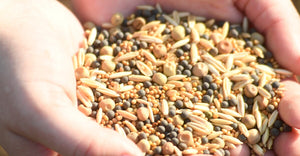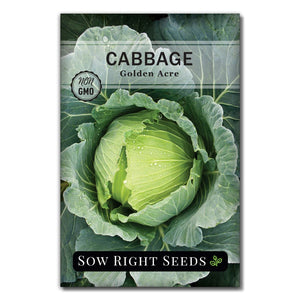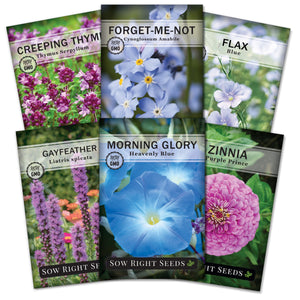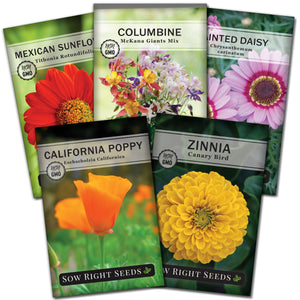Topics
Raised Beds or Rows? Which Gardening Method is Best?
Garden designWhen you think of home gardening, what do you imagine? Do you think of a big sprawling backyard garden with lots of rows, or do you think of raised beds? Which is the ideal gardening method?

You might not be surprised to find out that it depends a lot on your choice of garden location, your soil quality, and other details. That’s why you’ll want to consider the benefits and drawbacks and what is important for your personal success as a gardener.
What are Garden Rows?
If you have enough space in your garden and good soil quality, you may prefer to plant in rows. Rows can be economical and easier to get started because they make use of the existing soil and don’t require a lot of setup. They can provide more room for crops that take up a lot of space or require extra support, like trellises or tomato cages. Rows also allow gardeners to hoe around the roots and mound up soil for better water retention.

Rows are much easier to navigate if they are planted far apart with plenty of space in between, but there is a danger of the soil becoming compacted if it’s not maintained and kept loose.
Large corridors between rows are useful for those with machinery like tractors, plows, or harvesters, and they’re often used in large-scale agriculture for just this reason.
Rows are also easy to water through the use of furrows or placing sprinklers or other irrigation systems between rows.
In-ground gardens are not as permanent as beds and can be easily reverted to other uses in years you don’t want to grow a garden.
What are Raised Beds?
Raised beds can be an excellent solution to poor-quality soil or space considerations.
Constructing a raised bed can be costly, however, especially when you factor in any extra topsoil and amendments that need to be purchased.
Compact raised bed gardening can allow you to grow a surprising amount of food in a small space and can be more accessible for someone with limited mobility to tend.
Walking between raised beds will not compact the soil.

Raised beds do not retain moisture as well and may have increased water needs. It’s easier to manage weeds in a raised bed. Some crops are so large they may take up an entire bed and simply aren’t practical to be grown this way.
Alternative Methods
Although most discussion around garden beds is directly centered around raised bed gardening, it’s worth mentioning that beds can be grown directly in the ground, too. A block planting layout planted directly in the ground has some of the benefits and drawbacks of both raised bed and row gardening. An in-ground bed may be an efficient use of space for a small garden that’s more accessible and easier to maintain. An in-ground bed uses the existing soil, so consider that as well.
So Which Method Should You Choose?
Sometimes the best answer is to experiment to decide what works best for you.
You may decide to use a mixture of rows and beds, depending on what you plant in your garden and what space you have available. For example, you may have an herb garden planted in raised beds but decide that you prefer the ease of maintaining and harvesting your squash, beans, cucumbers, tomatoes, and melons when they are planted in rows or mounds.
A Three Sisters garden is a sort of hybrid design that might look more like rows or beds. Even though these three companion plants might be planted in rows of mounds or hills of the plants grouped together, the end result can look like a more densely packed bed.
There are so many types of gardens and gardeners. Too often, we get hung up on doing things the “right” way and finding a definitive answer for “which is best” -- even though what is perfect for one person’s situation might be completely wrong for another’s. Being adaptable and open to experimentation can often yield the best results.
Whether you decide to plant in rows, beds, or some combination of the two, be open and confident enough to change if you decide something isn’t working. There’s no substitute for experience when it comes to finding out what works best for you in your gardening journey.
Resources:
Tips to Make More Efficient Use of Your Garden Space - South Dakota State University Extension
Raised Beds Versus Rows - Colorado State University Extension
Block Style Layout in Raised Bed Vegetable Gardens - Colorado State University Extension
Raised Beds vs. In-Ground Gardens - University of Georgia Extension
Starting a raised bed garden - MSU Extension
Raised Bed Gardening - OSU Extension
Written by Teresa Chandler











Leave a comment